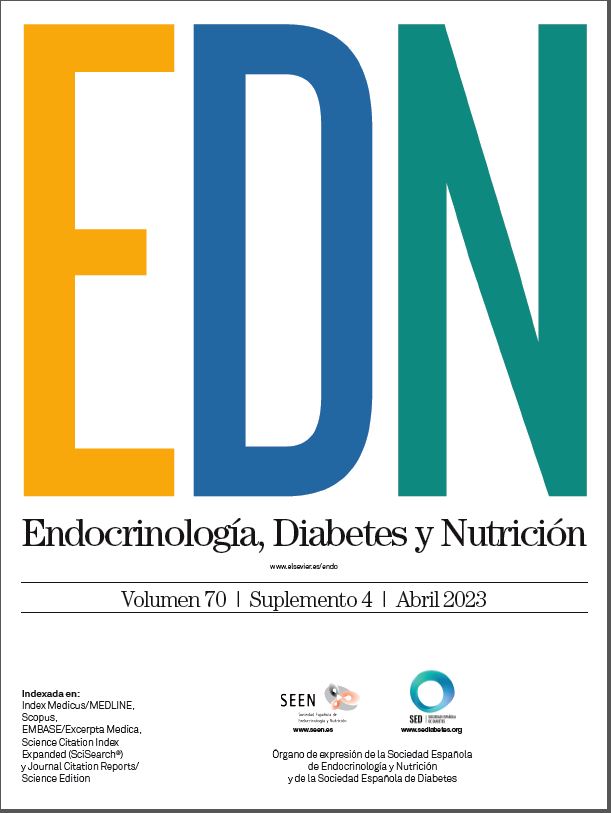P-013 - MITOCHONDRIAL PLASTICITY AS A KEY DETERMINANT FOR CVD RISK IN T2D
aHospital Quironsalud Madrid, Pozuelo de AlarcÓn, Spain. bInstituto de Investigaciones BiomÉdicas Alberto Sols (CSIC-UAM), Madrid, Spain.
Introduction and objectives: Beyond glucose control T2D patients are at high risk of developing CVD. Mitochondrial dysfunction has been shown to drive CVD and is one of the hallmarks of T2D.
Materials and methods: We aimed to evaluate if non-invasive blood tests could be used to determine mitochondrial activity and be used for CVD risk assessment in T2D patients. To that end we isolated PBMCs for a cohort of well-controlled T2D diabetic patients and analyzed the mRNA and protein levels of proteins involved in oxidative metabolism.
Results: We found that subjects within intima-media thickening of the carotid artery had lower expression and protein levels of PGC-1α, a transcriptional coactivator and master positive regulator of mitochondrial function. Consistently, the mRNA levels of PGC-1α target genes such as MTFA and MCAD were reduced, suggesting that reduced mitochondrial oxidative capacity was associated to CVD development. Furthermore, increased protein levels of the mitochondrial antioxidant PRX3, elevated expression of another mitochondrial antioxidant, SOD2, and an overall increase of plasma antioxidant capacity suggested the presence of oxidative stress. This conclusion was supported by the observation of a significant increase in the levels of oxidized gDNA present in plasma samples. Since oxidative stress is generally linked to an altered immune response several cytokines were monitored at gene expression level in PBMCs as well as their plasma levels. An increase in TGFβ expression was observed, since TGFβ is a pro-fibrotic mediator, it is possibly related with the increased media thickening. We also observed that IL-4 levels were reduced and the correlation of IL-4 with PRX3 was positive in patients with normal GIM and negative in patients with abnormal GIM, suggesting a close connection between oxidative stress and the alteration in the immune response.
Conclusions: We conclude that T2D patients with CVD show signs of mitochondrial dysfunction, oxidative stress and altered immune profile detectable in blood samples that could be used to evaluate the CV risk in well controlled T2D patients.







